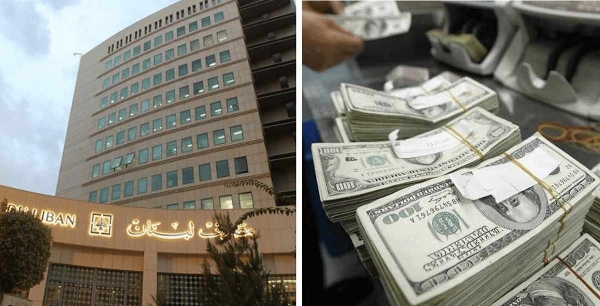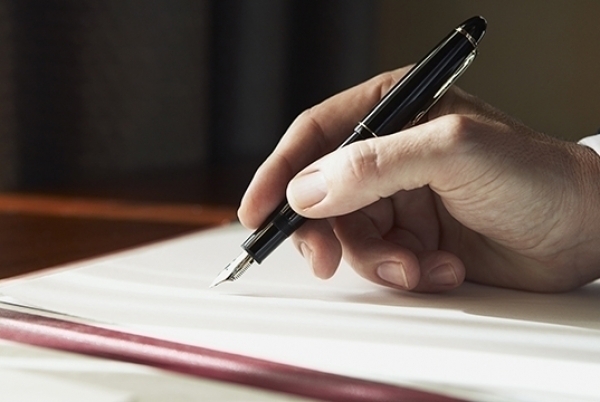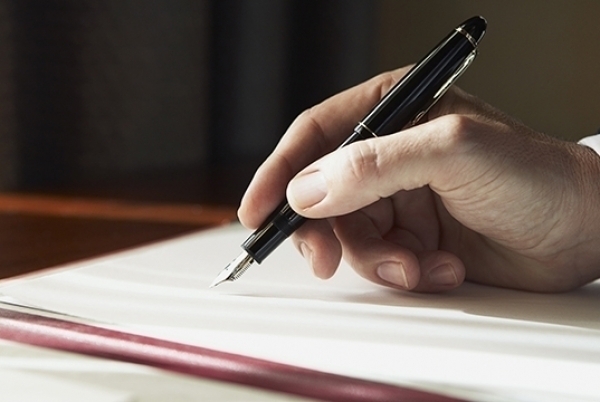Artistic Production in Iraq
The modern art scene in Iraq was established by Faiq Hassan and Jawad Selim in the 1950s with what is known as the group of ‘Pioneers’ (Al Ruwad) and developed further, and in a different direction, with the formation of the Baghdad Group of Modern Art. In the years to follow, different groups of artists developed new schools of thoughts such as the Impressionists, the Innovationists, or mujadidin, and the New Vision Group. These artists of the 1950s and 1960s played a paramount role in leading the artistic development in the region, and were prominent in their pan-Arab focus. The arts were also fostered by the Baath regime, but this patronage was problematic.
The period between the 1970s and the early 1980s was a golden era in the history of Iraqi art and artists were very much encouraged by the Saddam Hussein regime. Art courses and art supplies were provided to artists free of charge. Artists who were close to the regime even received financial and career incentives, allowing them to advance their status as artists. But being close to the regime meant not displaying any forms of opposition within the artistic content. Saddam’s sponsoring of artists, especially sculptors, was partly fueled by the purpose of creating statues across city squares, many of which portrayed him. The representation of the dictator was an integral component of the state-funded arts.
With the 2003 US invasion of Iraq, the art scene, like much of the country collapsed. The chaos that hit the country’s museums and libraries, from looting to arson, did not spare the country’s collection of contemporary paintings. Like the National Museum, the National Museum of Modern Art was looted and bombed during US raids. But unlike the media frenzy that revolved around the first one, the Museum of Modern Art received little attention. In later years, a number of its stolen items were found among street vendors, trying to sell the artworks for a living. Because its archives were destroyed during the looting, it is difficult to keep track of the items that were removed. While a number of the paintings have now been returned to the museum through the efforts of local artists, it is questionable whether the museum can even house the art for much longer. The building is in bad condition and the uncontrolled heat- not a surprise with Iraq’s power outages- damages the quality of the paintings.
The years following the fall of Saddam saw the destruction of several works of art, monuments, and statues, because they had been associated with the patronage of the old regime. Today, the preservation of the country’s artistic heritage from the Saddam era is an intricate matter in light of the anti-Baath policies looking to rid the new government of anything Baath-related. Moreover, the struggle to rebuild the country’s economy and infrastructure means that very little attention will be paid to reviving the modern art scene.
Today, many Iraqi artists are receiving international acclaim for their work, most of which is produced and exhibited abroad. The invasion made it impossible for artists, much like the rest of the population, to work or even remain in the country. A generation of artists did emerge within the country during the conflict to represent their personal experiences in the country’s developments. However, the security situation has kept their works from acquiring the credit they deserve. It remains to be seen whether the post-war period will bring back Iraq’s reputation as a cultural center for the region. But for the time being, bigger problems continue to impede the country’s reconstruction of a number of sectors, let alone that of the arts.








Leave A Comment